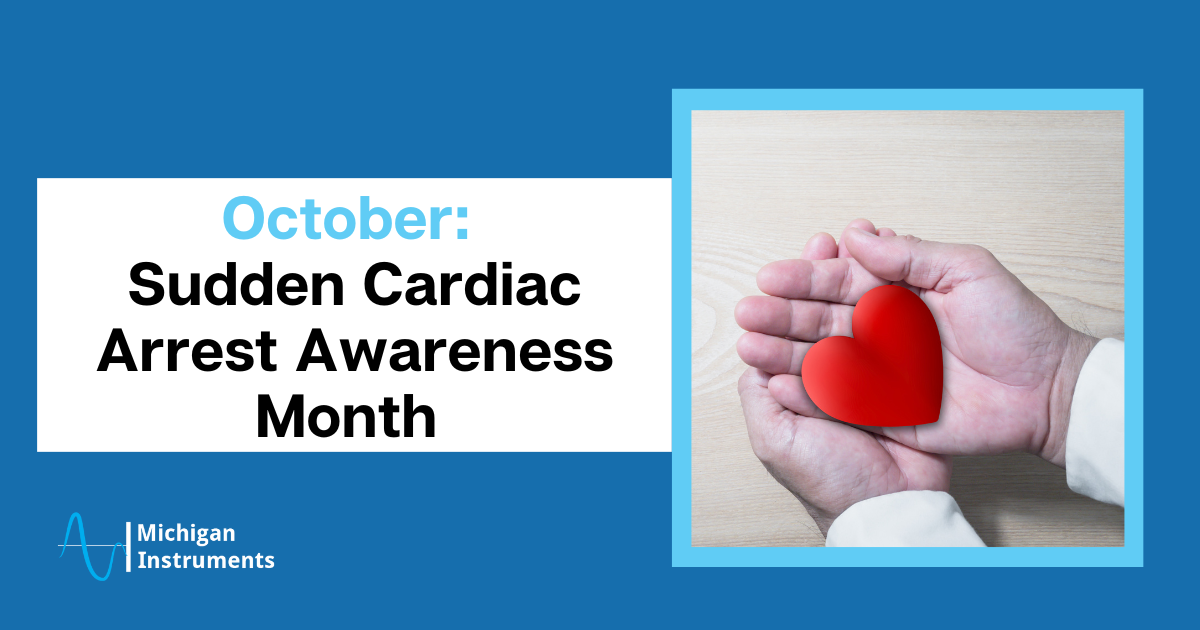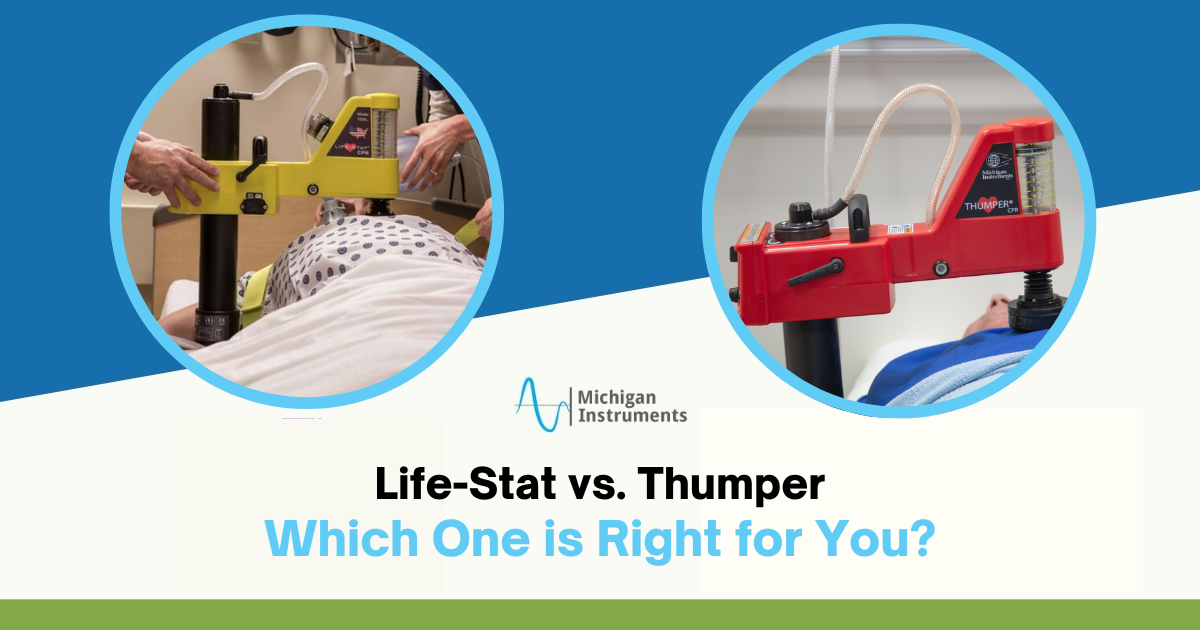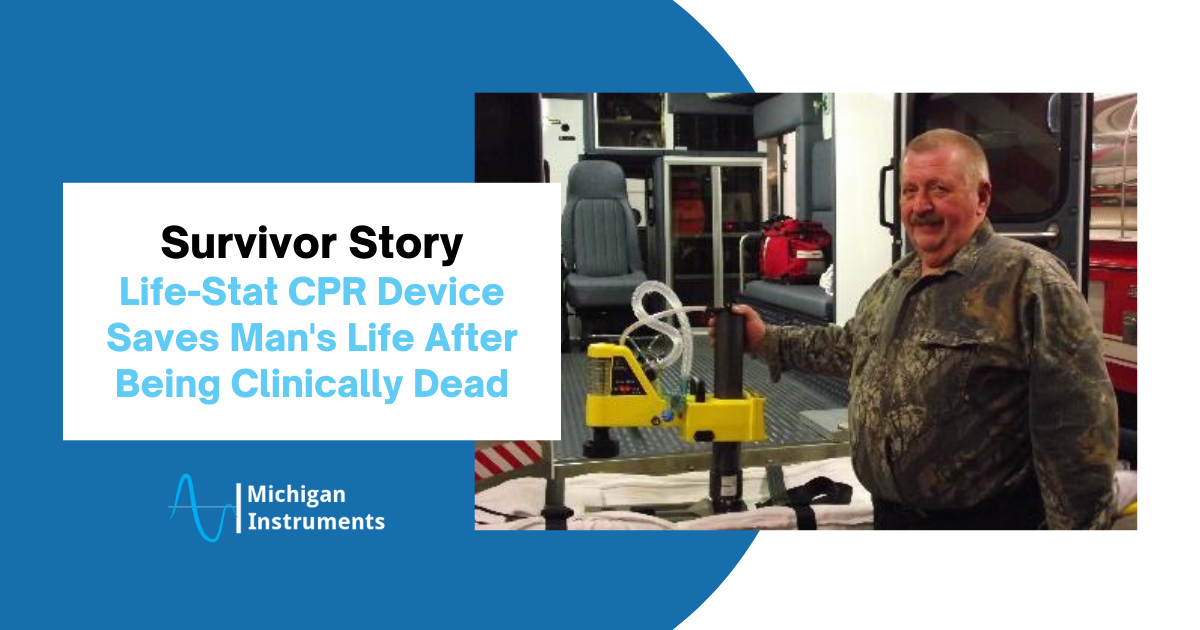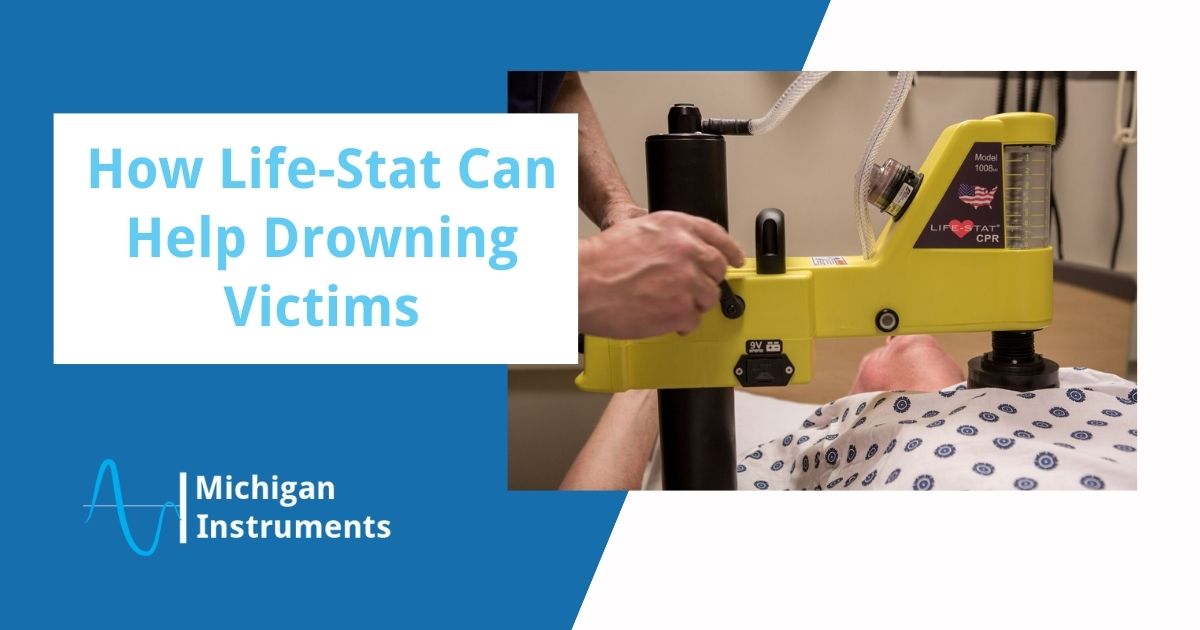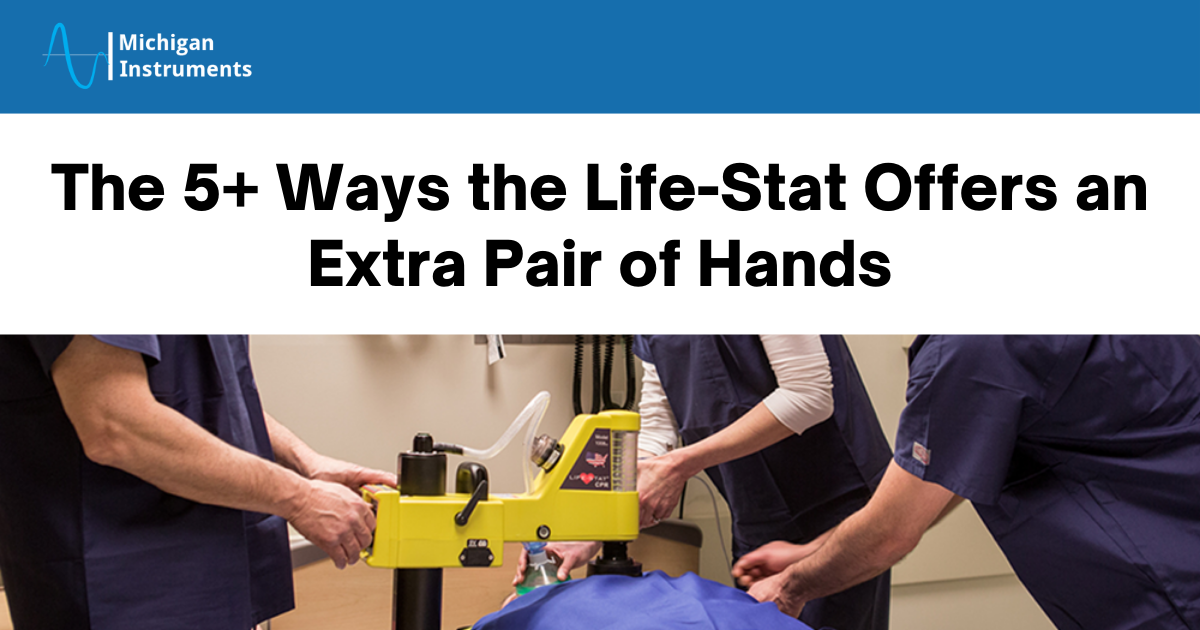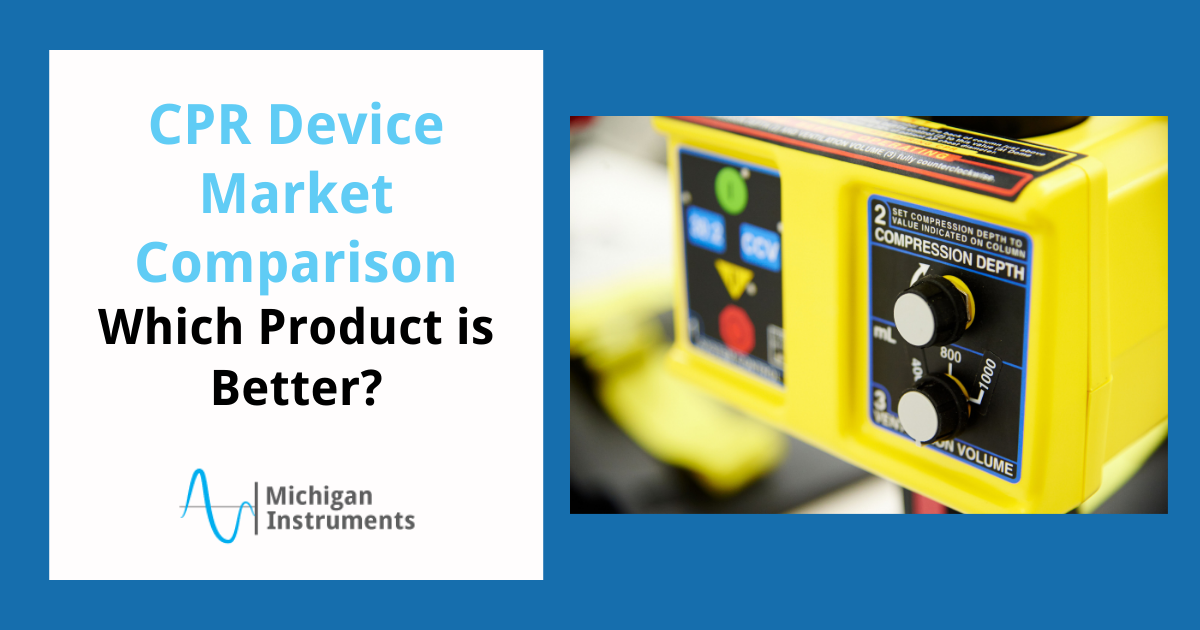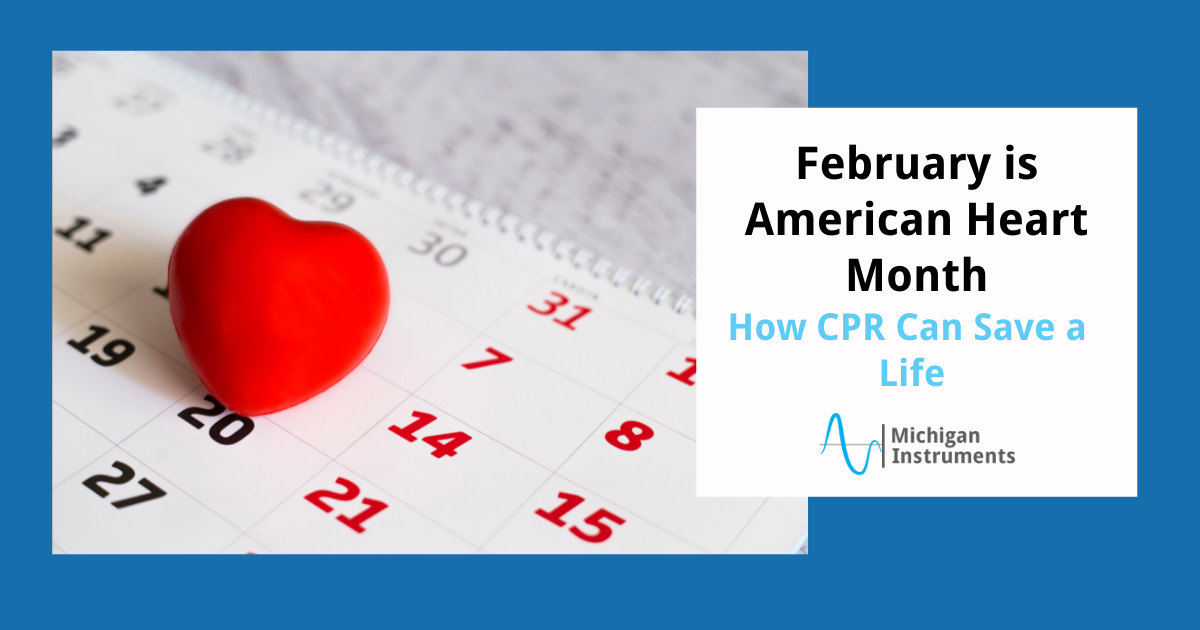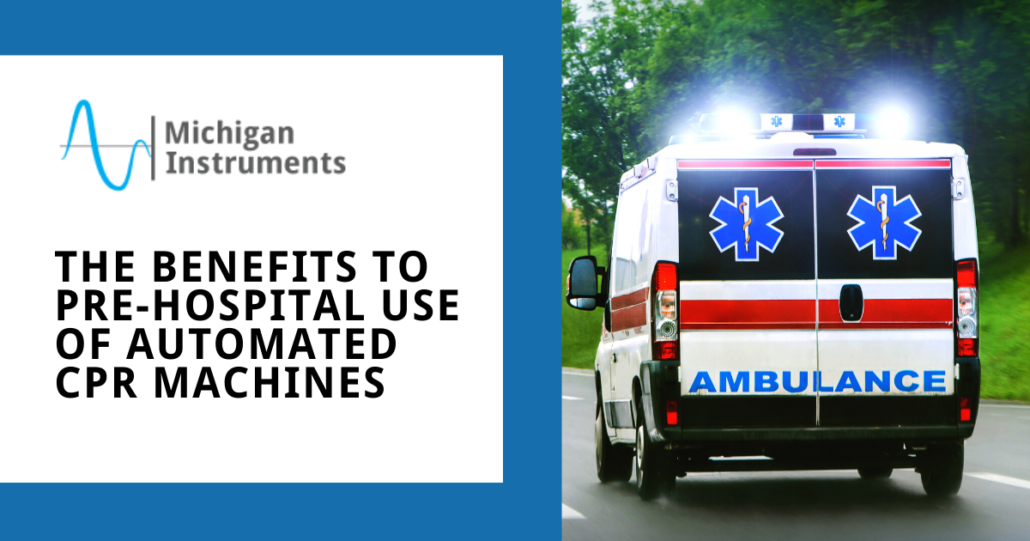This sudden cardiac arrest awareness month, it’s important to remain aware of how dangerous (and common) sudden cardiac arrest is. Did you know that over 325,000 adult deaths occur per year due to sudden cardiac arrest, thus making it the largest cause of natural death in the United States?
Since October is Sudden Cardiac Arrest (SCA) Awareness month, it’s important to understand what SCA is, the warning signs, and how to respond in a SCA emergency.
Heart Attack vs. Sudden Cardiac Arrest
People often use heart attack and sudden cardiac arrest interchangeably to describe a cardiac emergency. However, it’s important to realize that they aren’t the same.
A heart attack occurs when the flow of blood to the heart is severely reduced or blocked. The block is usually due to a buildup of fat, cholesterol, and other substances in the heart arteries. If the blocked artery is not reopened quickly, the part of the heart will die. The longer a person goes without treatment, the greater the damage.
However, sudden cardiac arrest occurs suddenly and often without warning. It’s described as the abrupt loss of heart function, breathing, and consciousness. The condition is triggered from an electrical malfunction within the heart and causes an irregular heartbeat. This disrupts your heart’s pumping action and stops blood flow to your body.
What are the Warning Signs of SCA?
Sudden cardiac arrest often occurs without warning. However, there may be warning signs, which include:
- Chest discomfort
- Shortness of breath
- Weakness
- Fast-beating, fluttering, or pounding heart (palpitations)
In the event of an immediate arrest – signs would include:
- Sudden collapse
- No pulse
- No breathing
- Loss of consciousness
What to Do in an SCA Event?
Time is critical when helping a victim, because within minutes the lack of oxygen can cause permanent damage to the brain.
If you see someone experiencing sudden cardiac arrest:
- Call 911
- Begin CPR, even if it is the hands only version. Aim for a rate of 100 to 120 compressions and a depth of 2 inches.
- Use an AED (Automated External Defibrillator) if one is available.
Manual CPR can be physically challenging for caregivers to give for any extended period of time. Fatigue can result in less-than-optimal CPR for patients within minutes.
However, there is a solution— use of automated CPR machines have saved lives. Michigan Instruments automated CPR devices deliver consistent compressions for as long as needed, eliminating the risk of burnout and ensuring high quality care to the patient.
Be Aware This Sudden Cardiac Arrest Awareness Month
Time is critical for the effective treatment of sudden cardiac arrest. Life-saving medical attention within 4-6 minutes is necessary to help decrease the chance of brain damage or death.
For this Sudden Cardiac Arrest Awareness Month, take the time to learn what to do during an SCA event. It can make all the difference in a life or death situation.
Michigan Instruments’ automated CPR devices have been helping EMS professionals, doctors and nurses provide their patients with the quality care they deserve for decades. Learn more about our Life Stat and Thumper mechanical CPR devices, or contact one of our representatives to learn more!

